Delhi air pollution: Capital under smog siege; AQI remains severe, here is what you should know
Delhi AQ1: Delhi is fighting with alarming air pollution as the AQI remains in the ‘severe’ zone, triggering health alerts. Residents are urged to limit outdoor activities, especially those with respiratory conditions.
Delhi is currently facing an alarming situation as the city battles serious air pollution, with the Air Quality Index (AQI) consistently remaining in the hazardous “severe” category for the fifth consecutive day. This alarming situation has raised health concerns, especially for exposed groups such as children, the elderly, and individuals with respiratory conditions. The toxic skies over Delhi is not only affecting visibility but also causing significant risks to public health, leading authorities to issue warnings and advisories. Residents are requested to minimisee outdoor activities, wear masks, and take precautions to protect themselves from the harmful effects of the toxic air.
Photos source: Pixabay/Representational
Delhi air pollution update: AQI stays in severe category in these regions
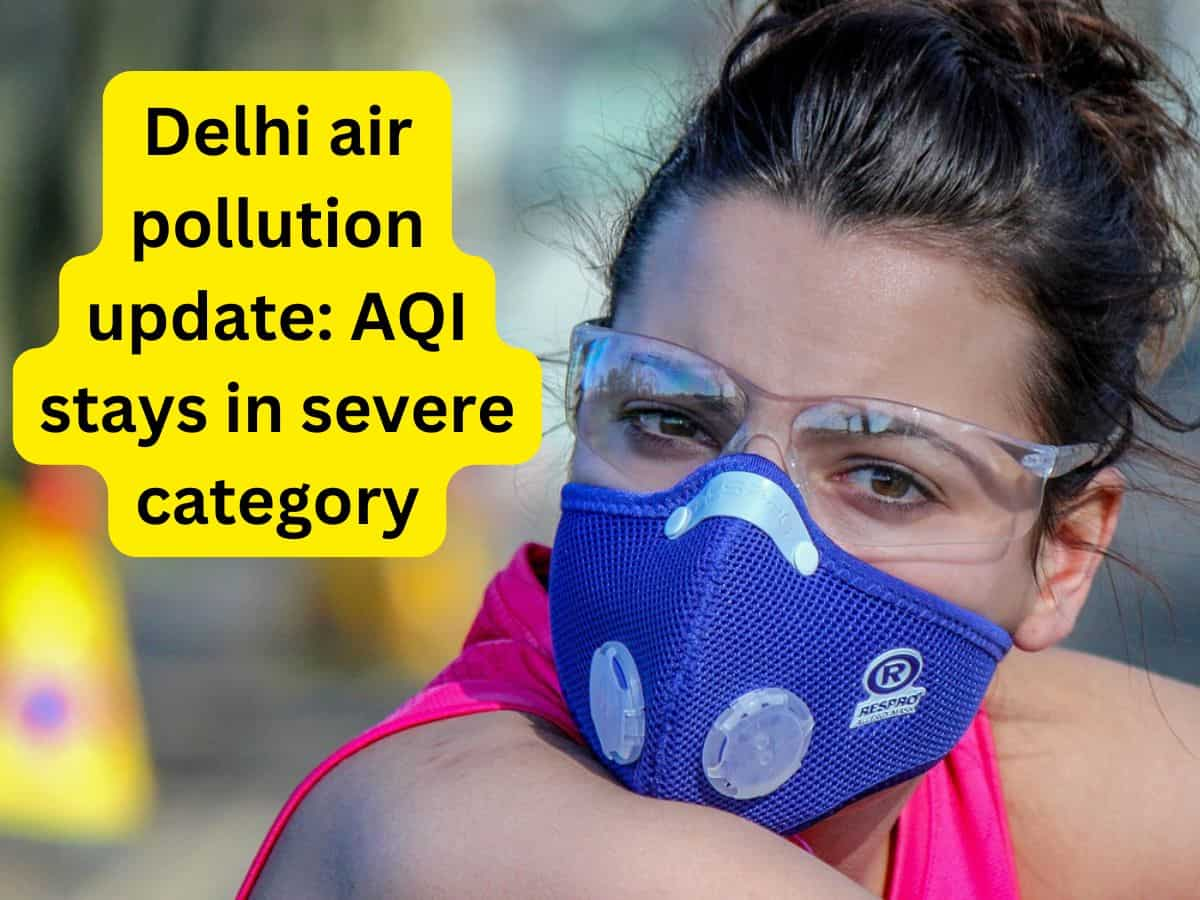
At 2 pm on Sunday, November 17, air quality in several regions was recorded to be at 'severe' levels in the national capital. These included Jaangirpuri (458), Wazirpur (460), Rohini (444), Anand Vihar (451), Narela (437), Ashok Vihar (466), Punjabi Bagh (450), DTU (377), Dwarka Sector 8 (458) and Nehru Nagar (439), according information available on the CPCB portal.
Delhi AQI update: Very poor air quality in these areas
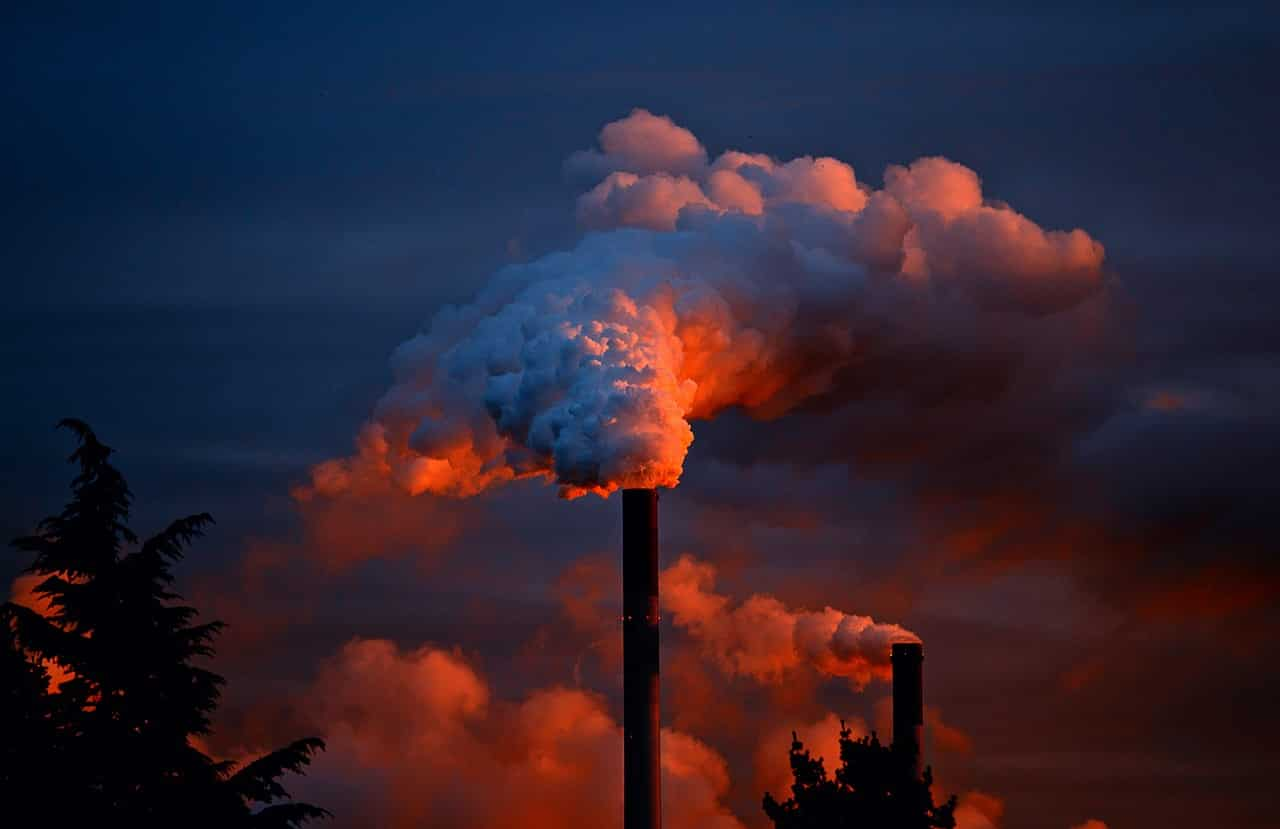
Further hotspot areas with poor air quality
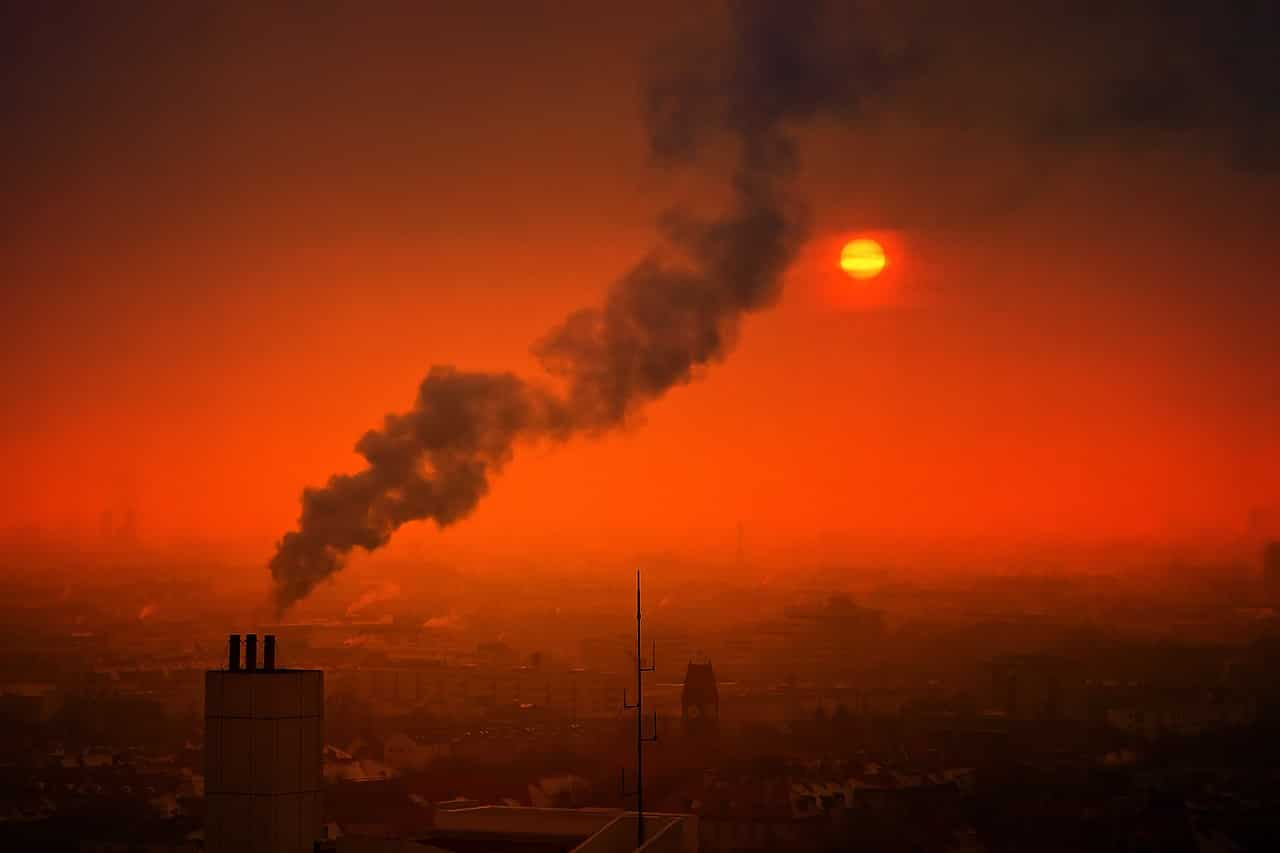
Delhi AQI Air Pollution Update: Other areas with 'very poor' readings

Delhi AQI Air Pollution Update: Other areas with 'very poor' readings
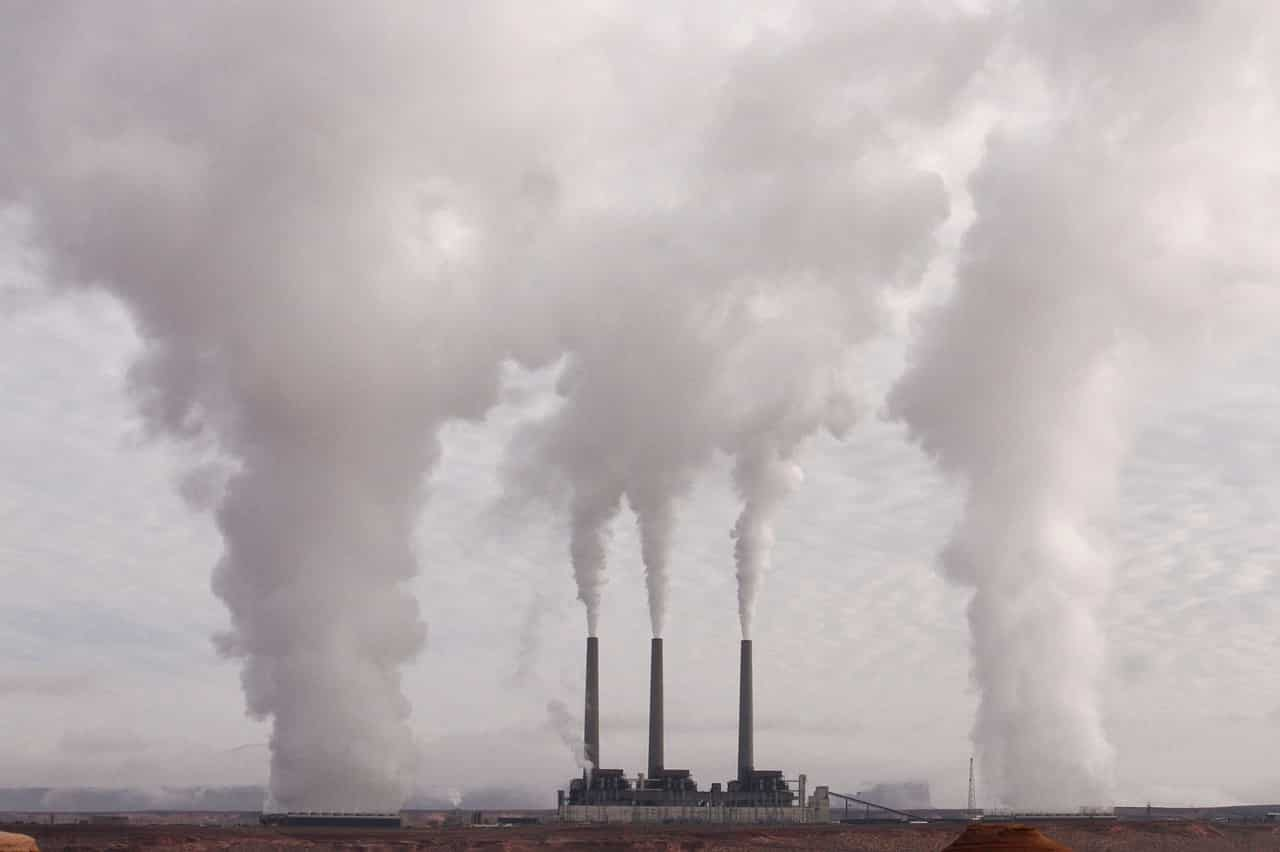
Noida AQI Air Pollution Update: Poor air quality in sector 1, 62, 116, 125
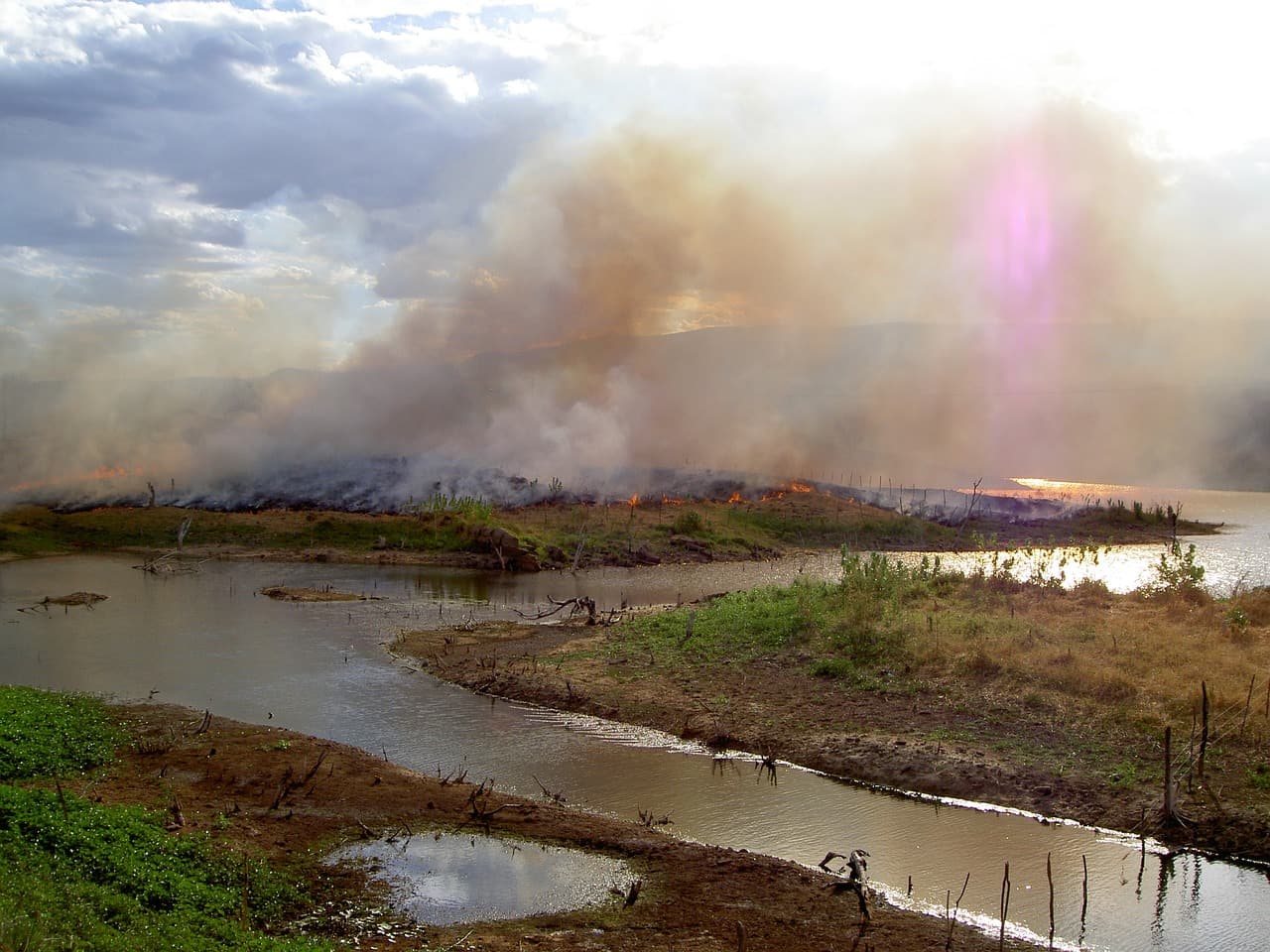
Gurugram AQI Air Pollution Update
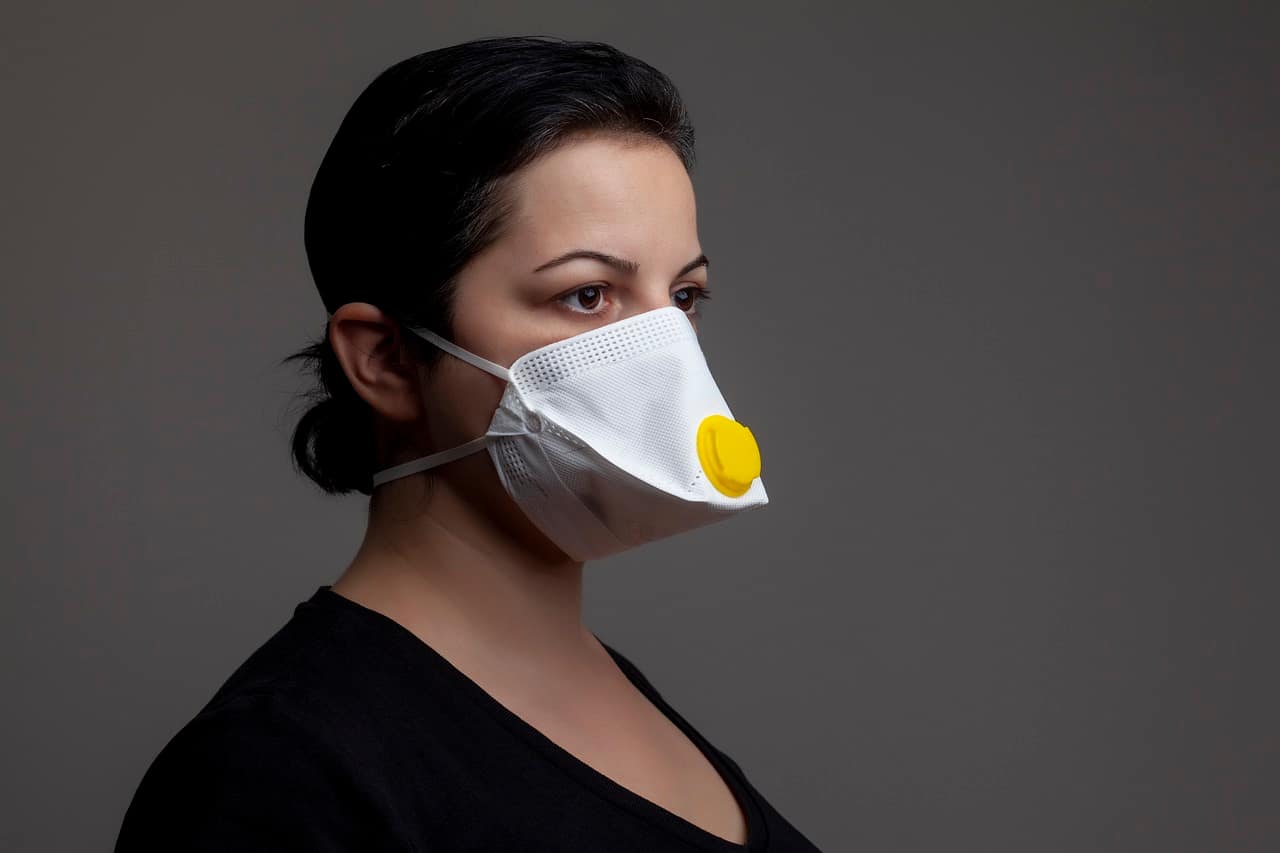
Faridabad AQI Air Pollution Update
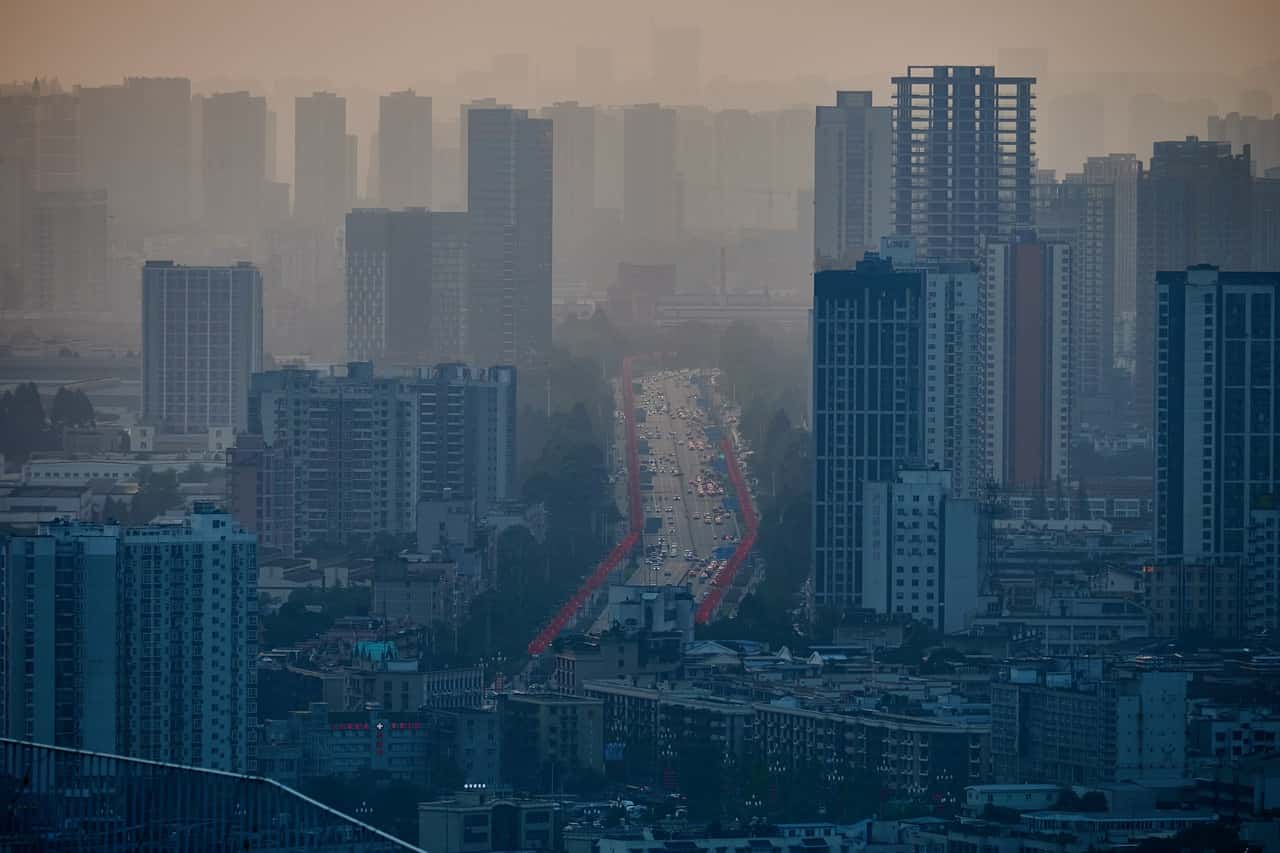
GRAP III Restrictions
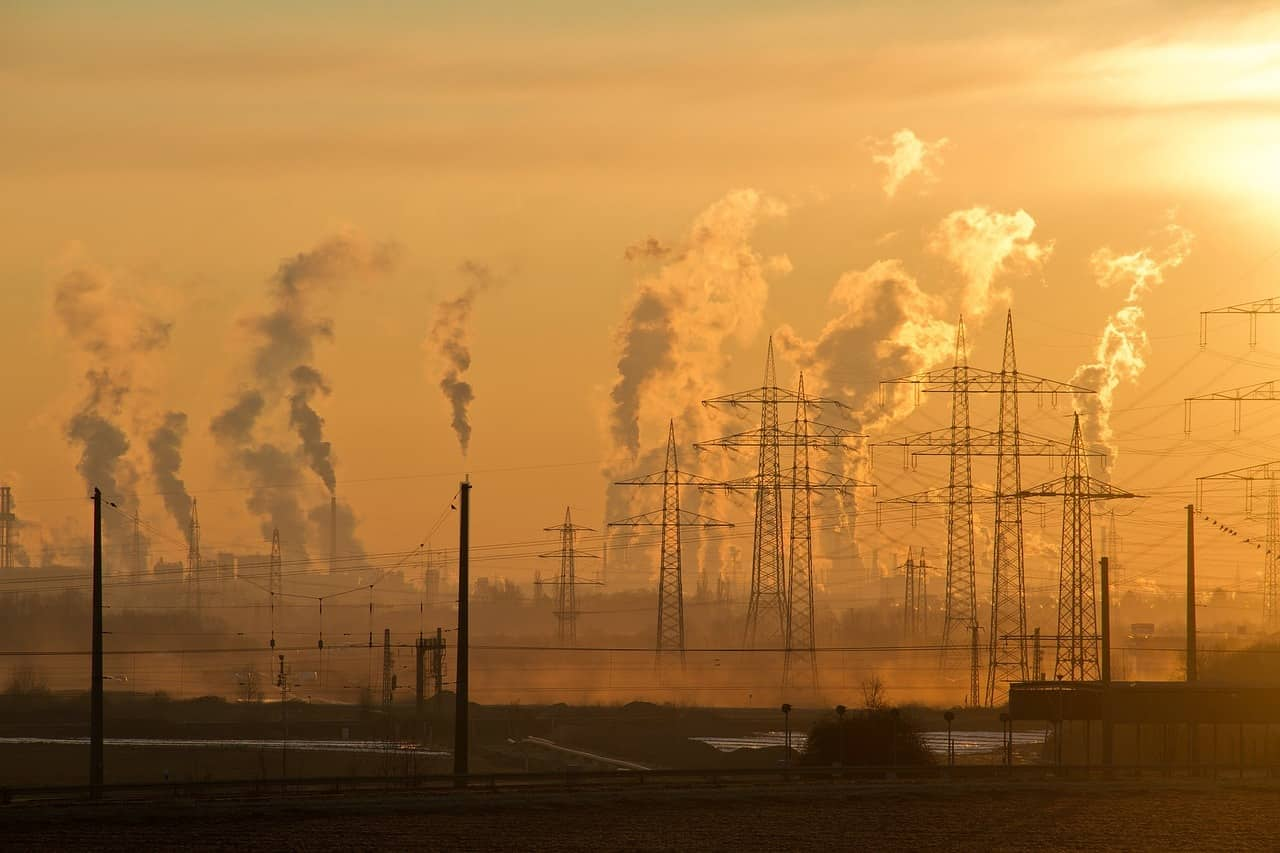
The Commission for Air Quality Management (CAQM) has stepped in to tackle Delhi’s worsening air pollution, with the city’s air quality slipping into the “severe” category. GRAP 3 measures have been enforced, which include:
Ban on diesel and petrol vehicles meeting only BS III standards, while essential vehicles like ambulances are exempted. These steps aim to control the pollution crisis.
Diesel buses from neighboring states are not allowed to enter Delhi, but BS VI buses, EVs, and CNG vehicles are exempt.
Construction and demolition activities are halted, except for government projects.
84 teams are monitoring compliance, with violators facing fines of ₹20,000.
How to help improve air quality
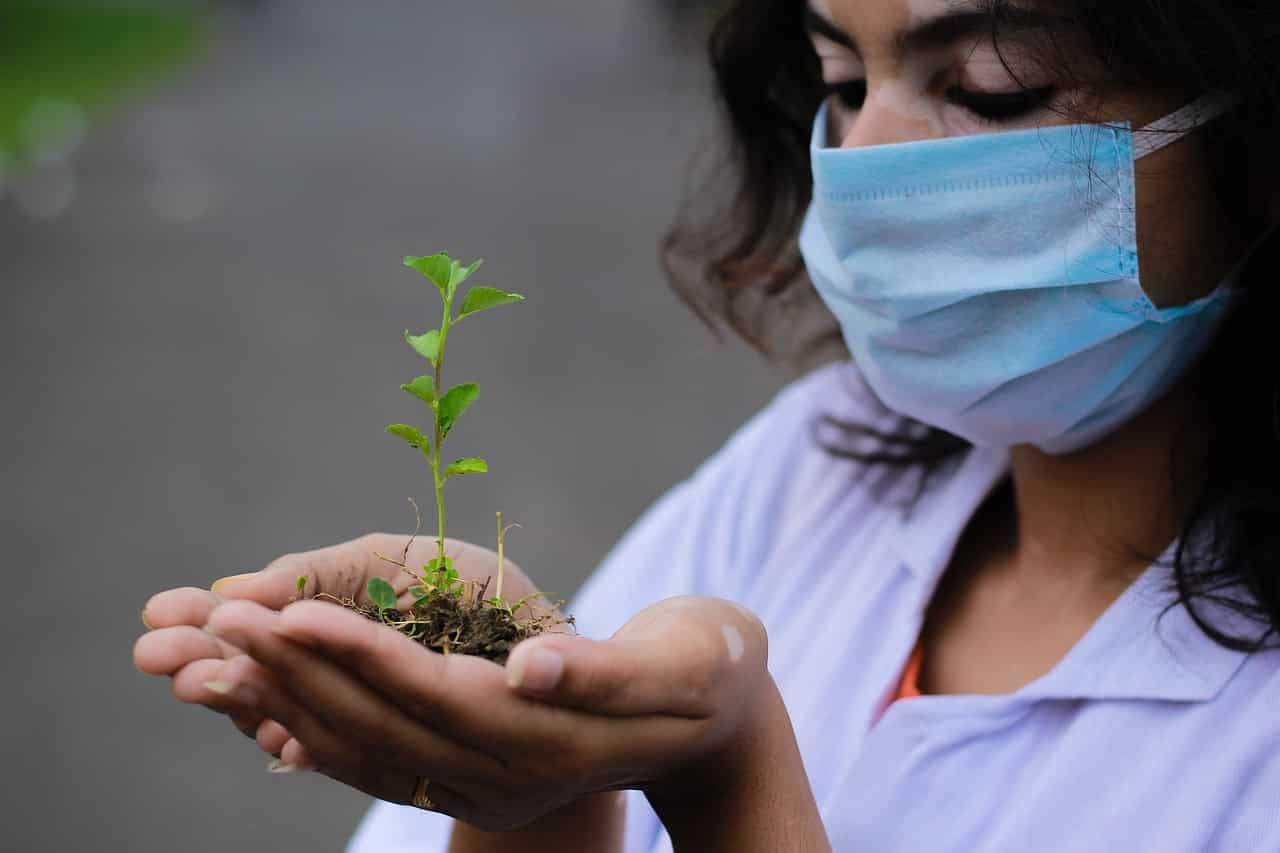
The CAQM has shared guidelines for the public to help tackle air pollution. Here’s what you can do:
Opt for eco-friendly commuting methods.
Carpool or use public transport whenever possible.
Plan errands to minimize the number of trips.
Walk or cycle for shorter distances.
Homeowners are encouraged to provide electric heaters for security guards or staff to avoid burning wood, biomass, or waste.




